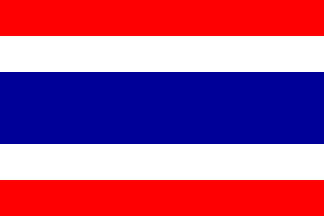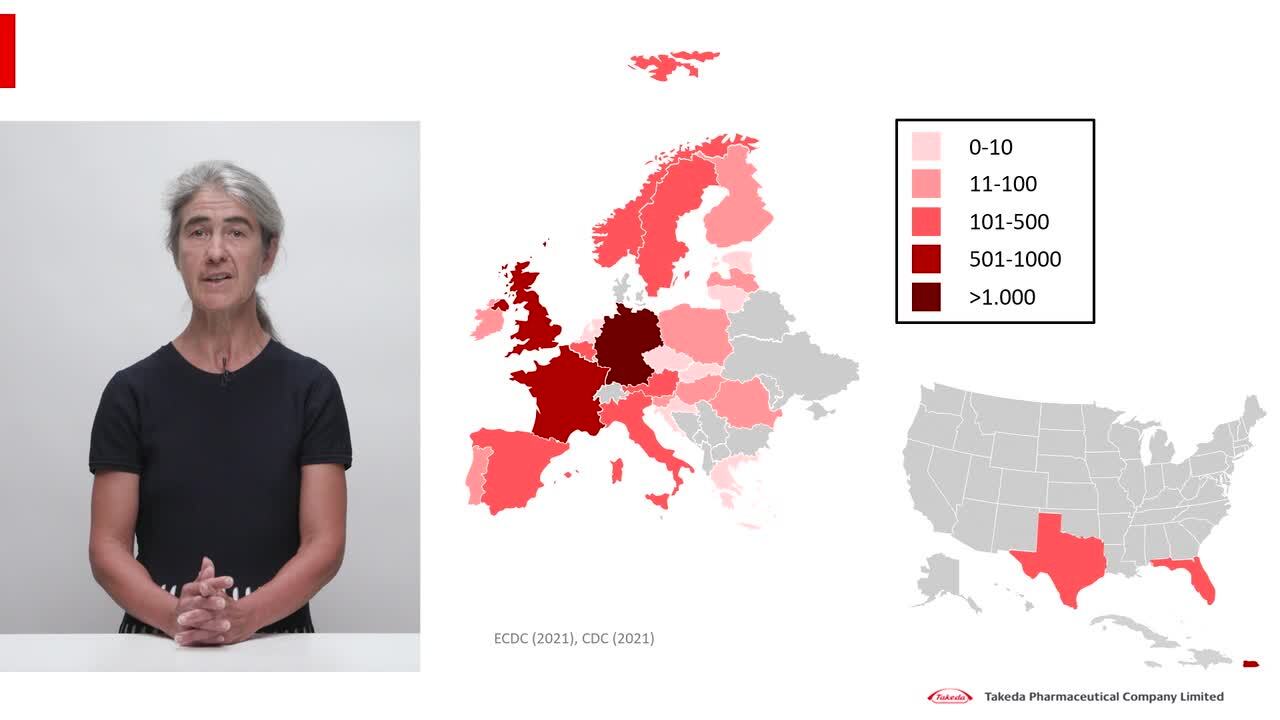Seasonality and timing of peak abundance of Aedes albopictus in Europe: Implications to public and animal health
Petrić M, et al. Seasonality and timing of peak abundance of Aedes albopictus in Europe: Implications to public and animal health. Geospat Health. 2021 May 14;16(1)

Understanding the population dynamics of Europe’s main DENV vector, Aedes albopictus, is essential to optimizing surveillance and control measures, estimating transmission risk and enhancing support for public health control decisions.
Petrić et al. conducted Ae. albopictus seasonal activity modeling and assessment of peak abundance across Europe, including areas deemed unsuitable for vector establishment. They identified specific climatic thresholds (rainfall, critical temperatures and photoperiods) governing different vector phases. Spring hatching occurred in March in the south, April in the west, and would have occurred in late April/late May in northern areas (although the species is not present). Vector season length was potentially longer with more southerly longitude.
There was difficulty assessing peak abundance: populations were highly variable according to local temperature patterns and amount/quality of breeding and resting sites, the availability of which depended on multiple factors (e.g. rainfall, proximity to water bodies, vegetation, land cover, artificial watering, presence of artificial water containers). Peak abundance was generally found during summer, although the timing varied spatially and temporally according to prevailing eco-climatic variables. There was good correspondence between abundance peaks and occurrence of vector-borne disease. The authors discussed shortcomings in research and surveillance capabilities and the need to improve data extrapolation. https://pubmed.ncbi.nlm.nih.gov/34000791/
VV-MEDMAT-56511


 Malaysia
Malaysia
 Thailand
Thailand
